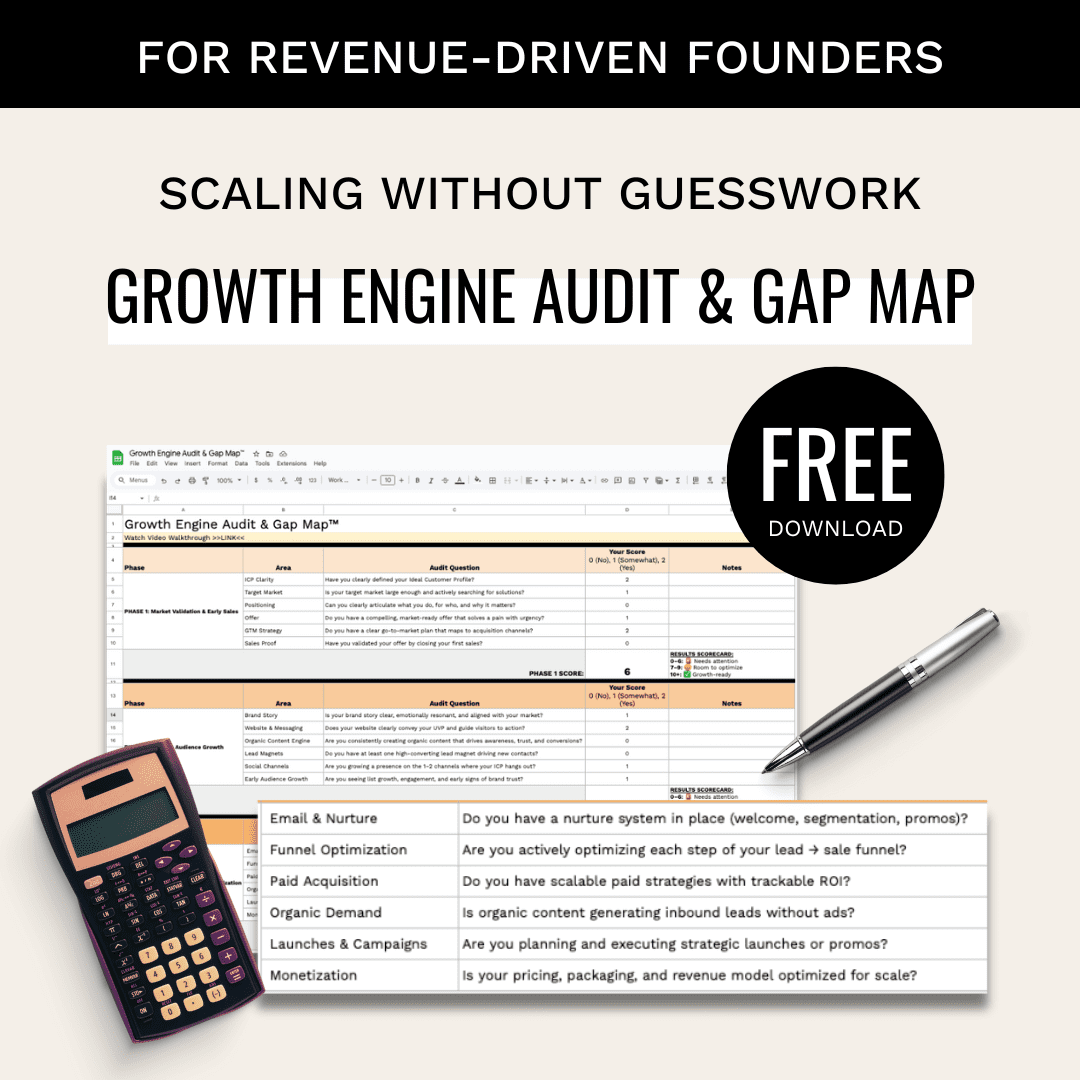Custom attribution models can help you track and optimize your marketing efforts. Unlike standard models, these are tailored to your unique business goals, giving you better insights into what works and what doesn’t.
Here’s how to build one in 5 steps:
- Set Clear Goals: Align your model with business objectives like revenue growth, customer acquisition, or product adoption.
- Collect Accurate Data: Use consistent UTM parameters to track campaigns across all channels.
- Choose a Base Model: Pick from popular options like First Touch, Last Touch, Linear, Time Decay, or Position-Based.
- Customize Rules: Adjust weightings for key actions and avoid over-crediting repetitive channels.
- Test and Improve: Compare performance against historical data and refine regularly for accuracy.
Quick Comparison of Attribution Models
| Model | Best For | Advantage | Limitation |
|---|---|---|---|
| First Touch | Short sales cycles | Highlights acquisition channels | Ignores later interactions |
| Last Touch | Direct response campaigns | Simplifies ROI tracking | Neglects early-stage efforts |
| Linear | Multiple touchpoints | Spreads credit evenly | Lacks nuance |
| Time Decay | Long sales cycles | Prioritizes recent interactions | Harder to set up |
| Position-Based | Balanced journeys | Splits credit early & late | Requires detailed funnel mapping |
Pro Tip: Regularly update your model to keep up with shifts in customer behavior and market trends.
Custom attribution models can boost marketing ROI by up to 23%.
Attribution Modeling – An In-Depth Guide
Step 1: Set Clear Goals and Success Metrics
Start by defining attribution goals that align directly with your business objectives. Your attribution model should reflect the key priorities of your organization.
Connect Attribution to Business Outcomes
Focus on your main business goals and track metrics tied to areas like revenue, customer acquisition, market reach, and product usage. Here’s a breakdown:
| Business Objective | Metrics to Monitor |
|---|---|
| Revenue Growth | Customer Lifetime Value (CLV), Average Deal Size |
| Customer Acquisition | Cost Per Acquisition (CPA), Conversion Rate by Channel |
| Market Expansion | Geographic Distribution of Leads, Industry Penetration |
| Product Adoption | Time to First Value, Feature Usage Rates |
Your company’s growth stage will influence which metrics to prioritize:
- Early-stage startups should focus on identifying their target audience and minimizing acquisition costs.
- Growth-stage businesses need to monitor scaling metrics like acquisition velocity and channel efficiency.
- Enterprise-level organizations should emphasize lead quality and account penetration.
Map Customer Journey Touchpoints
Outline the key stages of your customer journey to identify important interactions:
- Pre-awareness Stage Track how potential customers first learn about your product or service. This could include:
- Attending industry events
- Interacting on social media
- Downloading content
- Subscribing to newsletters
- Consideration Phase Record significant engagement moments, such as:
- Requesting product demos
- Visiting pricing pages
- Downloading feature comparisons
- Communicating with sales teams
- Decision Stage Monitor actions that directly lead to conversions, like:
- Activating free trials
- Reviewing proposals
- Engaging in contract negotiations
- Submitting purchase orders
Step 2: Set Up Data Collection Systems
Collecting accurate data is the foundation of effective attribution modeling. To do this, you need to consistently capture all digital customer interactions.
Start by defining clear UTM parameters to track your marketing campaigns across various digital channels. This ensures your data remains consistent and allows for reliable attribution analysis. Without this consistency, aligning your attribution model with your business goals becomes much harder.
| UTM Parameter | Purpose | Example Format |
|---|---|---|
| Source | Traffic origin | utm_source=linkedin |
| Medium | Marketing type | utm_medium=social |
| Campaign | Specific promotion | utm_campaign=spring2025 |
| Content | Ad variation | utm_content=video_ad_v2 |
| Term | Paid keywords | utm_term=custom+attribution |
Best Practices for UTM Tracking:
- Always use lowercase to avoid duplicate entries.
- Replace spaces with underscores or hyphens.
- Use short, descriptive terms for simplicity.
- Maintain a shared guide to document naming conventions.
Step 3: Pick Your Base Attribution Model
Choose a base attribution model that aligns with your sales cycle and the way your customers interact with your business.
Comparing Attribution Models
Each attribution model is suited to specific business goals. Here’s a quick breakdown of common models:
| Attribution Model | Best For | Key Advantage | Main Limitation |
|---|---|---|---|
| First Touch | Short sales cycles | Highlights acquisition channels | Ignores later-stage interactions |
| Last Touch | Direct response campaigns | Simplifies ROI tracking | Neglects earlier awareness efforts |
| Linear | Multiple touchpoints | Spreads credit evenly across interactions | May miss the nuance of impact |
| Time Decay | Longer sales cycles | Prioritizes recent interactions | More challenging to set up |
| Position-Based | Balancing branding and conversions | Splits credit between early and late touchpoints | Requires a detailed sales funnel structure |
Adjusting Models for Complex Journeys
Once you’ve chosen a model, fine-tune it to better reflect your actual customer journey. Here’s how:
- Tweak credit distribution to match the length of your sales cycle.
- Weight touchpoints based on their influence on conversions.
- Incorporate offline and online interactions, as well as engagement levels across channels.
- Account for time gaps between touchpoints to reflect customer behavior patterns.
For more intricate journeys, you might need to implement step-by-step attribution rules:
- Begin with a standard split that fits your chosen model.
- Examine your conversion path data to identify patterns.
- Adjust weightings based on how customers actually interact with your brand.
- Test these adjustments against past performance to ensure accuracy.
Pro tip: Use a dynamic attribution window that adapts to your sales cycle instead of sticking to a fixed timeframe.
With these adjustments, your attribution model will better represent real customer interactions and provide actionable insights.
sbb-itb-e8c8399
Step 4: Set Custom Attribution Rules
Once you’ve selected your base model, it’s time to fine-tune the rules to better reflect how each touchpoint contributes to your customer journey. These adjustments help highlight key actions and ensure a fair distribution of credit across channels.
Focus on High-Impact Customer Actions
Pinpoint actions that indicate strong buying intent, such as demo requests, visits to pricing pages, product comparisons, or detailed feature reviews. By assigning more weight to these actions compared to routine interactions (like basic page views), your model can better highlight the behaviors that truly drive conversions.
Avoid Overweighting Repeated Channels
Some channels, like retargeted ads or recurring emails, tend to appear frequently in customer journeys. To ensure these don’t skew your analysis:
- Assess how often each channel appears and its actual influence on conversions.
- Adjust your rules to prevent any single channel from dominating the credit.
- Regularly monitor performance and tweak your settings as necessary to maintain accuracy.
Step 5: Test and Improve Your Model
Make it a habit to regularly check your model to see if the attribution insights align with actual results. With your custom attribution rules in place, set up a clear process for testing and refining your approach.
Test Against Past Results
Compare your model’s performance to historical data by focusing on these key areas:
- Revenue Alignment: Check if the revenue attributed to marketing matches actual revenue figures.
- Channel Performance: Confirm that the model correctly identifies top-performing channels.
- Conversion Paths: Ensure the model accurately reflects common customer journey patterns.
Dive deeper into historical data to account for factors like seasonal trends and business cycles. Pay attention to:
- Customer journeys that span multiple devices.
- Offline conversions and how they integrate with your data.
- How time decay impacts attribution over longer periods.
- Interactions between various marketing channels.
These analyses provide a solid foundation for making updates to your model.
Track and Update Performance
After validating your model, keep an eye on its performance and make updates as needed. Here’s how:
- Use a performance dashboard to monitor key metrics like attribution coverage, channel contributions, accuracy, and data consistency.
- Adjust the weight of channels that consistently overperform or underperform.
- Update customer journey maps to include new channels or shifts in consumer behavior.
- Revisit your model’s parameters to adapt to changes in sales cycles or market conditions.
Continuous tracking and fine-tuning ensure your model stays effective and relevant.
Conclusion: Next Steps for Attribution Modeling
Creating a tailored attribution model isn’t a one-and-done process. Regular updates – ideally every quarter – can increase marketing ROI by 23%.
Focus on Data Integration
Bringing together all your data sources is crucial for understanding the full customer journey. For example, a cybersecurity company that combined 12 different data sources into a centralized data lake was able to significantly improve attribution accuracy by eliminating data silos.
Commit to Regular Performance Reviews
Monthly cross-functional reviews involving marketing, sales, and analytics teams can make a big difference. These meetings have been shown to improve ROI by 24–31%. Adding real-time updates can push that improvement even further, driving gains of 35–42%.
Adopt a Privacy-First Approach
As third-party cookies become less reliable, focusing on first-party data and probabilistic modeling is more important than ever. These methods can achieve up to 85% accuracy. Hybrid approaches, which combine different modeling techniques, also allow businesses to adjust 40% faster to market changes.
Set Up a Strong Measurement Framework
To ensure your attribution model performs well over time, track these key metrics:
- Channel contribution variance
- ROI for each touchpoint
- Alignment with the sales cycle
- Data match rates across platforms
- Percentage of attribution coverage
These strategies provide the foundation for a reliable and effective attribution system.
FAQs
How do I choose the best base attribution model for my business’s sales cycle and customer journey?
To select the most suitable base attribution model for your business, start by analyzing your sales cycle and customer interactions. Consider factors like the length of your sales process, the number of touchpoints, and how each interaction influences a customer’s decision. Common models include First-Touch, Last-Touch, Linear, and Time-Decay, each offering unique insights into customer behavior.
For example, if your business relies heavily on initial awareness campaigns, a First-Touch model might be ideal. On the other hand, if closing the sale is the most critical step, a Last-Touch model could be more relevant. Evaluate your goals and test different models to find the one that aligns best with your marketing strategy and customer journey.
What are the best practices for ensuring accurate and consistent data when using UTM parameters for attribution modeling?
To maintain data accuracy and consistency when setting up UTM parameters, follow these best practices:
- Standardize your UTM naming conventions: Use a consistent format for all UTM parameters (e.g., lowercase letters, underscores instead of spaces) to avoid discrepancies in your data.
- Define clear guidelines: Create a shared document detailing how each UTM parameter (source, medium, campaign, etc.) should be used and ensure all team members follow it.
- Avoid typos and duplicates: Double-check your UTM links before using them, as even small errors can lead to fragmented or incorrect data.
- Use a UTM builder tool: Tools like UTM generators can help automate the process and reduce the risk of manual errors.
- Monitor and audit regularly: Periodically review your UTM data in analytics platforms to identify and correct any inconsistencies or errors.
By implementing these steps, you can ensure your attribution modeling is based on clean, reliable data, leading to more accurate insights and better decision-making.
How often should I update my custom attribution model to keep it effective and aligned with market trends?
The frequency of updating your custom attribution model depends on factors like changes in your business goals, shifts in customer behavior, and updates in market trends. As a general guideline, consider reviewing your model quarterly or biannually to ensure it reflects current data and remains aligned with your objectives.
Regular updates help you account for new marketing channels, evolving customer journeys, and any external factors affecting your industry. Staying proactive with updates ensures your model continues to provide accurate and actionable insights for optimizing your marketing efforts.
Related Blog Posts
- 5 Ways AI Can Optimize Marketing ROI for your Tech Startup
- How to Choose Cross-Channel Attribution Tools for B2B
- How to Choose Cross-Channel Attribution Tools for Maximum Impact
- The Role of Data Science in Marketing Attribution Models




